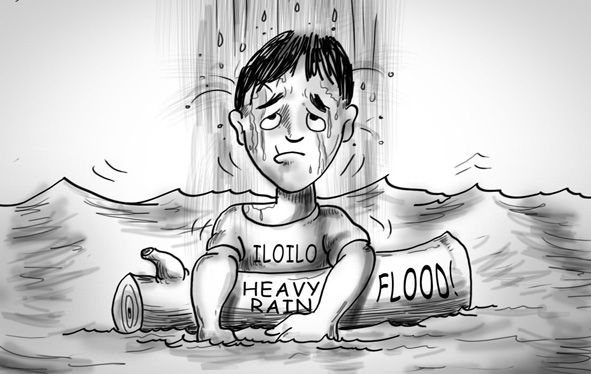
[av_one_full first min_height=” vertical_alignment=” space=” custom_margin=” margin=’0px’ padding=’0px’ border=” border_color=” radius=’0px’ background_color=” src=” background_position=’top left’ background_repeat=’no-repeat’ animation=”]
[av_heading heading=’EDITORIAL’ tag=’h3′ style=’blockquote modern-quote’ size=” subheading_active=’subheading_below’ subheading_size=’15’ padding=’10’ color=” custom_font=”][/av_heading]
[av_textblock size=” font_color=” color=”]
Tuesday, august 1, 2017
[/av_textblock]
[av_textblock size=” font_color=” color=”]
Disaster literacy
WE’RE NOW having fair weather after a few days of rain courtesy of tropical storm Gorio and an enhanced southwest monsoon. The up-to-date advisories of our much improved Philippine Atmospheric Geophysical and Astronomical Services Administration were a big help. Local government units knew what to do during bad weather conditions.
Adequately preparing for storms means knowing them fully well and the dangers they bring. Having experts gather and validate scientific data allows the accurate prediction of events, which could then be matched with the best practical solutions. When and where a typhoon will strike, and how, are critical knowledge that will allow the community to timely seek safer ground and fully protect their homes and properties.
But scientific data, sound disaster management policies and the political will to implement them won’t complete the formula for effective disaster prevention if there is no public cooperation. Early and mandatory evacuation would be useless if the people do not understand the need for such efforts.
Thus raising public awareness should be made to resonate loudly and as far deep into the communities as possible. If some of our people do not yet see how the issues could affect them, still it is our responsibility to draw them in. The government can conduct training for building the resilience of families covered by the Conditional Cash Transfer Program, together with the Department of Social Welfare and Development and the League of Barangays.
For example, during the onslaught of super typhoon “Yolanda”, all 500 houses in the island of Tulang Diyot (Municipality of San Francisco, Cebu province) were destroyed but the entire population was saved because of prompt evacuation. When it was clear from weather forecasters how bad the typhoon would be, the local government decided to evacuate all 1,000 people. Because they’ve done so much work on disaster risk, everyone fully understood the need to move to safety.
So yes, let the science work for us. But let us also make every Filipino disaster-literate.
[/av_textblock]
[/av_one_full]



